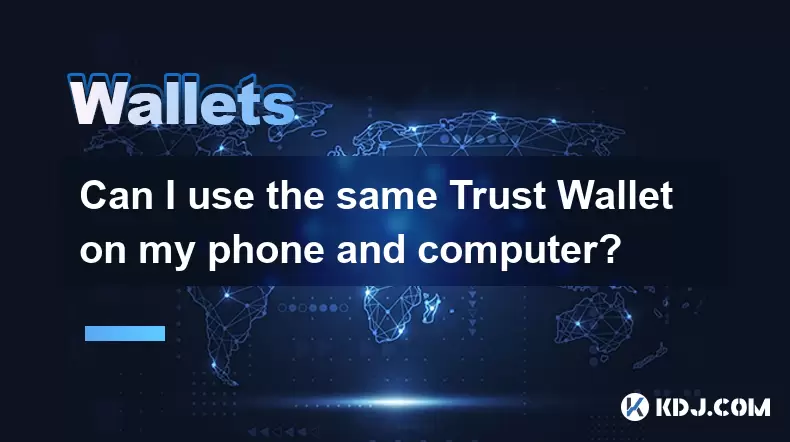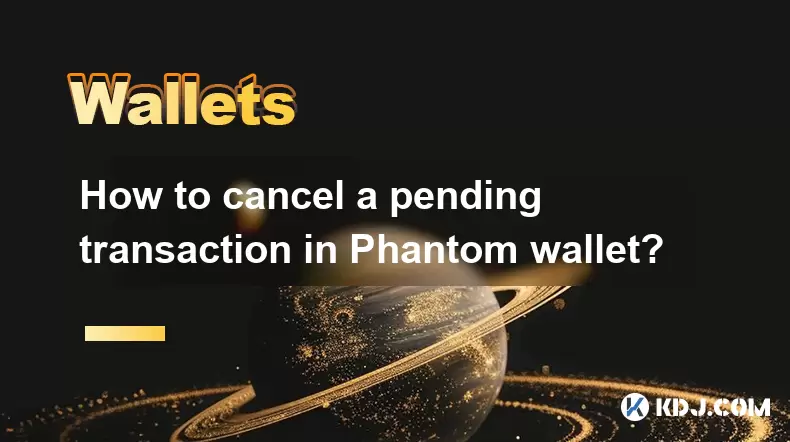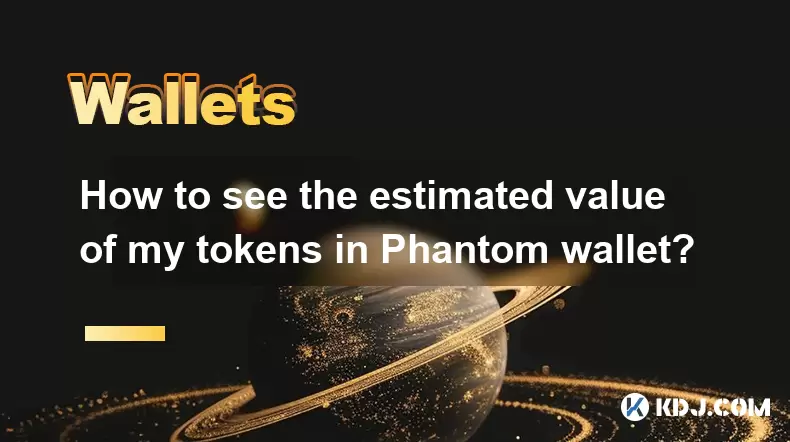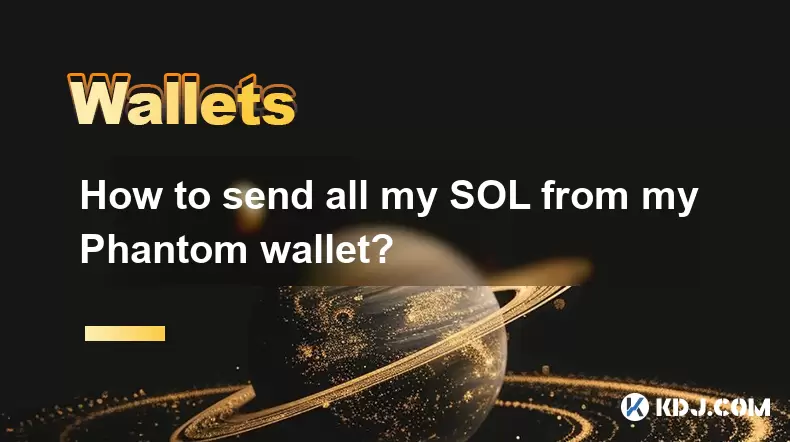-
 Bitcoin
Bitcoin $108,562.4295
0.46% -
 Ethereum
Ethereum $2,533.9553
1.52% -
 Tether USDt
Tether USDt $1.0002
-0.01% -
 XRP
XRP $2.2542
2.23% -
 BNB
BNB $662.4567
1.48% -
 Solana
Solana $151.4114
3.48% -
 USDC
USDC $0.9999
0.00% -
 TRON
TRON $0.2860
0.91% -
 Dogecoin
Dogecoin $0.1685
3.72% -
 Cardano
Cardano $0.5809
1.63% -
 Hyperliquid
Hyperliquid $39.2916
1.85% -
 Sui
Sui $2.8874
0.85% -
 Bitcoin Cash
Bitcoin Cash $496.5801
2.72% -
 Chainlink
Chainlink $13.3582
2.48% -
 UNUS SED LEO
UNUS SED LEO $9.0279
0.07% -
 Avalanche
Avalanche $18.0773
2.30% -
 Stellar
Stellar $0.2426
3.05% -
 Toncoin
Toncoin $2.9086
6.01% -
 Shiba Inu
Shiba Inu $0.0...01170
2.97% -
 Hedera
Hedera $0.1587
3.47% -
 Litecoin
Litecoin $87.4596
1.13% -
 Monero
Monero $317.0425
0.73% -
 Polkadot
Polkadot $3.3778
1.90% -
 Dai
Dai $0.9999
-0.01% -
 Ethena USDe
Ethena USDe $1.0001
-0.01% -
 Bitget Token
Bitget Token $4.4095
0.63% -
 Uniswap
Uniswap $7.3593
6.80% -
 Pepe
Pepe $0.0...09910
3.64% -
 Aave
Aave $274.7388
2.68% -
 Pi
Pi $0.4607
0.48%
Can I use the same Trust Wallet on my phone and computer?
You can use Trust Wallet on both phone and computer by importing your wallet with your recovery phrase or private key.
Jul 07, 2025 at 06:35 am

Understanding Trust Wallet's Cross-Platform Capabilities
Trust Wallet is a popular non-custodial wallet that allows users to store, manage, and interact with various cryptocurrencies and blockchain-based assets. One of the common questions among users is whether they can use the same Trust Wallet on both their phone and computer. The short answer is yes — you can access your wallet across multiple devices, but there are important details to understand.
Unlike custodial wallets where a third party manages your private keys, Trust Wallet gives you full control over your funds. This means that as long as you have your recovery phrase (also known as seed phrase) or private key, you can import your wallet into any device running Trust Wallet — be it an Android phone, iOS device, or even a desktop browser extension.
How to Import Your Trust Wallet on Another Device
To ensure seamless access across platforms, you must import your existing Trust Wallet using your recovery phrase or private key. Here’s how:
- Open Trust Wallet on your new device (phone or computer).
- Choose the option to "Import Wallet".
- Enter your 12-word recovery phrase or private key when prompted.
- Set up a new password for the wallet on this device.
- Confirm that all your assets appear correctly in the new interface.
It's crucial to note that importing your wallet does not create a new wallet; instead, it grants access to the same wallet address and private key on another platform. Therefore, the security of your recovery phrase remains paramount.
Security Considerations When Using Multiple Devices
Using the same Trust Wallet on multiple devices increases convenience but also introduces potential security risks. Each additional device that holds your recovery phrase or private key becomes a possible attack vector. To mitigate these risks:
- Ensure each device has up-to-date antivirus and anti-malware protection.
- Avoid storing your recovery phrase digitally unless encrypted and stored securely.
- Use biometric authentication (fingerprint or facial recognition) if available.
- Never share your recovery phrase or private key with anyone.
- Always double-check that you're downloading the official Trust Wallet app or extension from trusted sources like the App Store, Google Play, or Chrome Web Store.
If one of your devices is ever compromised, consider transferring your funds to a new wallet and abandoning the potentially exposed one.
Differences Between Mobile and Desktop Versions of Trust Wallet
While the core functionality remains consistent, there are some differences between the mobile and desktop versions of Trust Wallet:
- The mobile app supports more blockchains natively, including Binance Smart Chain, Ethereum, and Solana.
- The desktop version (browser extension) may offer faster transaction signing and better integration with dApps like MetaMask-compatible platforms.
- Some advanced features such as staking, swapping, and NFT viewing might have slightly different interfaces or performance levels depending on the platform.
- Transaction confirmations and gas fees may appear differently due to variations in UI/UX design.
Despite these differences, the underlying wallet addresses and keys remain the same, ensuring continuity in fund management.
Syncing Preferences and Settings Across Devices
Currently, Trust Wallet does not support automatic syncing of preferences or settings across devices. This means that if you change the default network, enable certain tokens, or adjust gas settings on one device, those changes won't automatically apply to other devices where your wallet is imported.
To maintain consistency:
- Manually configure networks and token visibility on each device.
- Keep track of custom RPC settings if you frequently switch between testnets and mainnets.
- Be mindful of which currency you're using for gas fees (e.g., BNB vs ETH).
This lack of sync is by design to enhance privacy and decentralization, but it requires a bit more manual setup when using multiple devices.
Frequently Asked Questions
Q: Can I use Trust Wallet on both Android and iOS with the same recovery phrase?
Yes, you can import your Trust Wallet on any mobile operating system using the same recovery phrase. Whether you're switching from Android to iOS or vice versa, your wallet will remain accessible as long as you have your 12-word recovery phrase.
Q: Is it safe to import my Trust Wallet on a public or shared computer?
Importing your wallet on a shared or public computer poses significant risks. If someone gains access to that machine, they could retrieve your recovery phrase or private key. It's strongly advised to avoid using Trust Wallet on untrusted devices.
Q: Will my transaction history be visible on all devices after importing?
Yes, once you import your wallet on a new device, your transaction history will be visible because all transactions are recorded on the blockchain. However, some devices may take a moment to sync with the network before displaying complete data.
Q: What should I do if my imported wallet shows zero balance on another device?
If your wallet appears empty after importing, check that you've selected the correct account and network. Sometimes, especially with multi-chain wallets, assets may be hidden under different blockchain tabs (e.g., Ethereum vs Binance Smart Chain).
Disclaimer:info@kdj.com
The information provided is not trading advice. kdj.com does not assume any responsibility for any investments made based on the information provided in this article. Cryptocurrencies are highly volatile and it is highly recommended that you invest with caution after thorough research!
If you believe that the content used on this website infringes your copyright, please contact us immediately (info@kdj.com) and we will delete it promptly.
- Elon Musk, Andrew Yang, and Polymarket: What's the Buzz?
- 2025-07-07 10:30:12
- Lightchain AI's Bonus Round: The Final Chance Before Mainnet & Ecosystem Tools
- 2025-07-07 10:30:12
- TON Foundation, UAE Golden Visa, and Toncoin Staking: A New Chapter in Crypto Residency?
- 2025-07-07 10:50:12
- Altcoin Prices, Institutional Investors, and the Ethereum Rotation: What's the Deal?
- 2025-07-07 10:50:12
- TON Coin, Golden Visa, and UAE Denial: What's the Real Deal?
- 2025-07-07 10:55:12
- PEPE's Bullish Trend: Riding the 50% Gain Wave?
- 2025-07-07 10:55:12
Related knowledge

How to cancel a pending transaction in Phantom wallet?
Jul 03,2025 at 07:21pm
Understanding Pending Transactions in Phantom WalletA pending transaction in the Phantom wallet occurs when a user initiates a transfer or interaction with the Solana blockchain, but it hasn't yet been confirmed by the network. This can happen due to various reasons such as low transaction fees, network congestion, or incorrect gas settings. It's import...

How to see the estimated value of my tokens in Phantom wallet?
Jul 04,2025 at 12:21am
What is Phantom Wallet?Phantom wallet is one of the most popular cryptocurrency wallets designed for the Solana blockchain. It allows users to store, send, receive, and manage various tokens built on Solana, including SPL tokens and NFTs. The wallet offers a user-friendly interface, making it accessible for both beginners and advanced users in the crypt...

How to lock my Phantom wallet extension?
Jul 03,2025 at 11:14am
What Is the Phantom Wallet and Why Lock It?The Phantom wallet is a popular non-custodial cryptocurrency wallet designed for interacting with the Solana blockchain. Supporting both browser extensions and mobile apps, Phantom allows users to store, send, receive, and stake SOL tokens, as well as interact with decentralized applications (dApps). Securing y...

Does Phantom wallet offer two-factor authentication (2FA)?
Jul 03,2025 at 09:00am
Understanding Phantom Wallet and Its Security FeaturesPhantom wallet is a widely used non-custodial cryptocurrency wallet that supports the Solana blockchain. It allows users to store, send, receive, and interact with decentralized applications (dApps) seamlessly. As security is a top priority for any crypto wallet user, security features like two-facto...

How to send all my SOL from my Phantom wallet?
Jul 06,2025 at 10:00am
Preparing to Send SOL from Your Phantom WalletBefore initiating any transaction, it is crucial to ensure that your Phantom wallet is fully set up and connected to the correct network. Phantom supports multiple networks, but for sending SOL, you must be on the Solana blockchain. Confirm this by checking the network indicator in the top-right corner of th...

What is "rent" on Solana and how does it affect my Phantom wallet?
Jul 02,2025 at 08:35pm
Understanding 'Rent' on SolanaIn the context of Solana, the term 'rent' refers to a storage fee that users pay for maintaining data on the blockchain. Unlike Ethereum, where storage costs are paid once via gas fees during contract deployment, Solana implements a recurring cost model to ensure efficient usage of network resources. This means that any acc...

How to cancel a pending transaction in Phantom wallet?
Jul 03,2025 at 07:21pm
Understanding Pending Transactions in Phantom WalletA pending transaction in the Phantom wallet occurs when a user initiates a transfer or interaction with the Solana blockchain, but it hasn't yet been confirmed by the network. This can happen due to various reasons such as low transaction fees, network congestion, or incorrect gas settings. It's import...

How to see the estimated value of my tokens in Phantom wallet?
Jul 04,2025 at 12:21am
What is Phantom Wallet?Phantom wallet is one of the most popular cryptocurrency wallets designed for the Solana blockchain. It allows users to store, send, receive, and manage various tokens built on Solana, including SPL tokens and NFTs. The wallet offers a user-friendly interface, making it accessible for both beginners and advanced users in the crypt...

How to lock my Phantom wallet extension?
Jul 03,2025 at 11:14am
What Is the Phantom Wallet and Why Lock It?The Phantom wallet is a popular non-custodial cryptocurrency wallet designed for interacting with the Solana blockchain. Supporting both browser extensions and mobile apps, Phantom allows users to store, send, receive, and stake SOL tokens, as well as interact with decentralized applications (dApps). Securing y...

Does Phantom wallet offer two-factor authentication (2FA)?
Jul 03,2025 at 09:00am
Understanding Phantom Wallet and Its Security FeaturesPhantom wallet is a widely used non-custodial cryptocurrency wallet that supports the Solana blockchain. It allows users to store, send, receive, and interact with decentralized applications (dApps) seamlessly. As security is a top priority for any crypto wallet user, security features like two-facto...

How to send all my SOL from my Phantom wallet?
Jul 06,2025 at 10:00am
Preparing to Send SOL from Your Phantom WalletBefore initiating any transaction, it is crucial to ensure that your Phantom wallet is fully set up and connected to the correct network. Phantom supports multiple networks, but for sending SOL, you must be on the Solana blockchain. Confirm this by checking the network indicator in the top-right corner of th...

What is "rent" on Solana and how does it affect my Phantom wallet?
Jul 02,2025 at 08:35pm
Understanding 'Rent' on SolanaIn the context of Solana, the term 'rent' refers to a storage fee that users pay for maintaining data on the blockchain. Unlike Ethereum, where storage costs are paid once via gas fees during contract deployment, Solana implements a recurring cost model to ensure efficient usage of network resources. This means that any acc...
See all articles

























































































